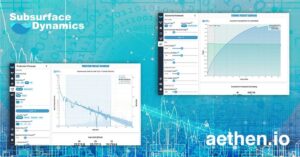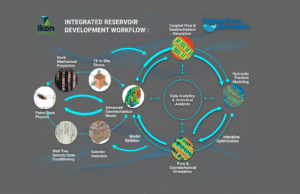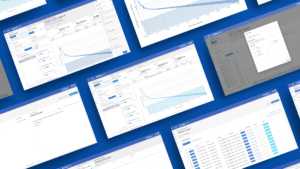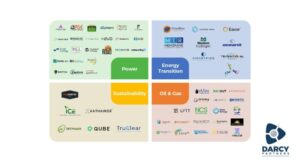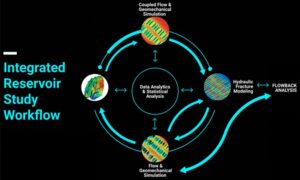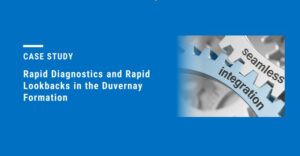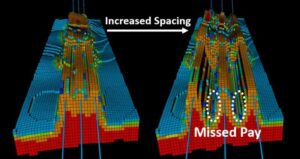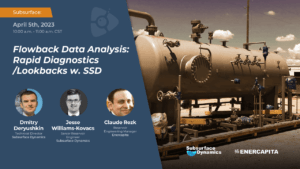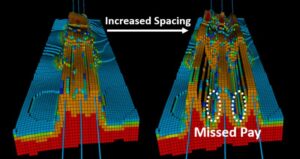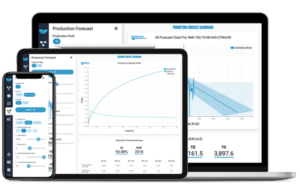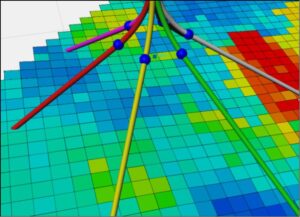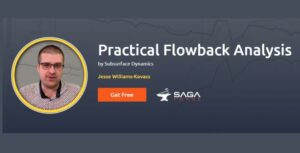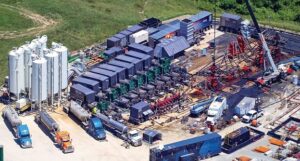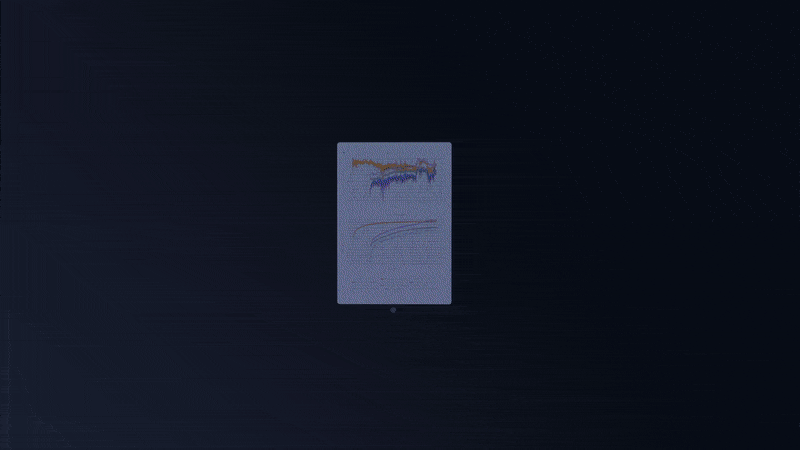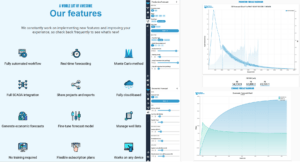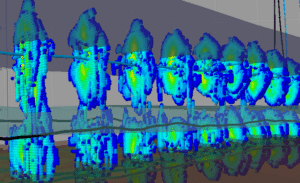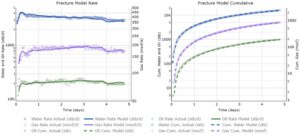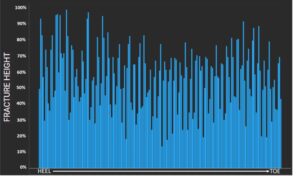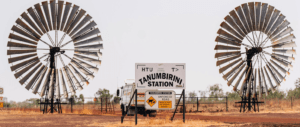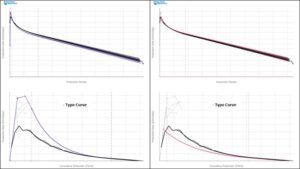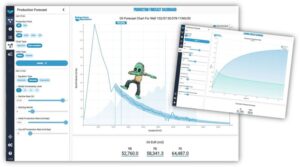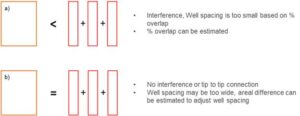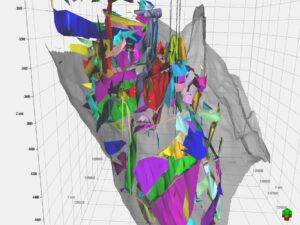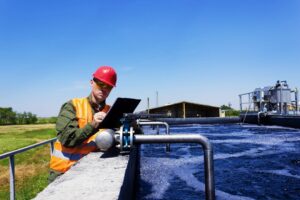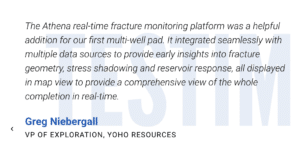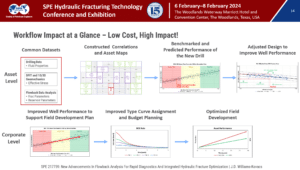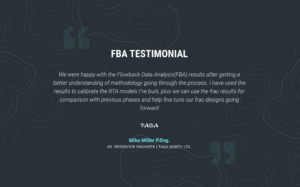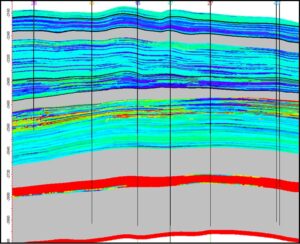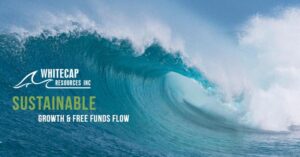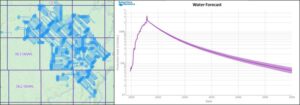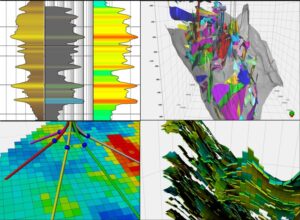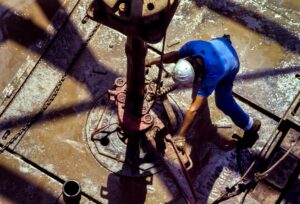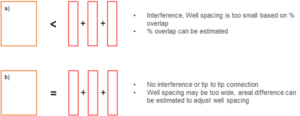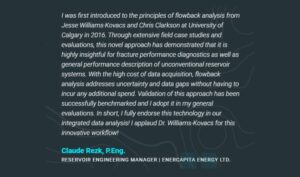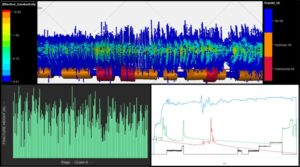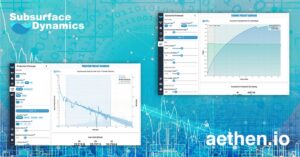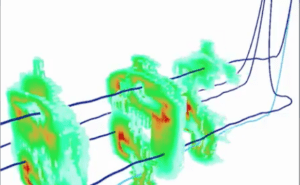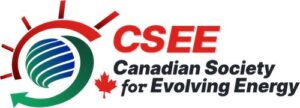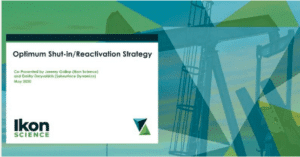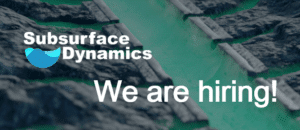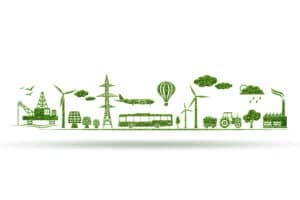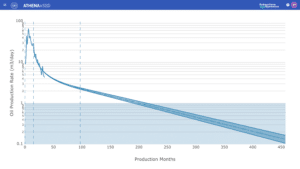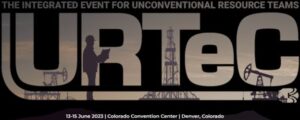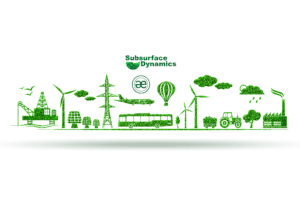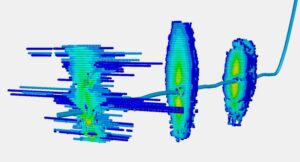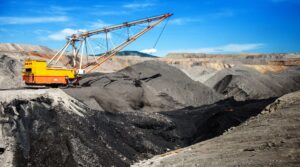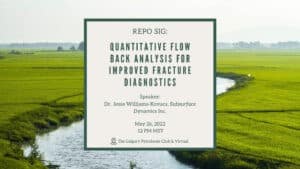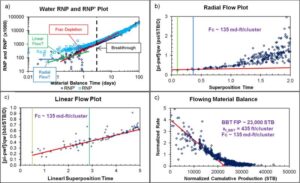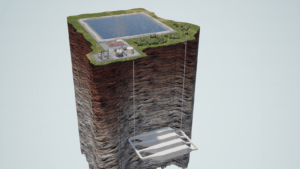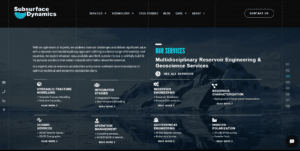Series Summary
Part 1 – Flow Tests Aren’t Just For Regulators
- Part 1 introduces FBA and highlights the value operators can extract from one of their most unused data sets
Part 2 – A Pioneer: The Clarkson and Williams-Kovacs Method
- Part 2 provides an overview of the Clarkson and Williams-Kovacs method, one of the first workflows for FBA in unconventional wells
Part 3 – Case Studies in Quantitative Flowback Analysis
- Part 3 provides several case studies from tight oil and shale gas wells in North America
Part 4 – Maximizing Value From Your Flowback Analysis
- Part 4 discusses insights and lessons learned from nearly 10 years of experience analyzing flow test data from unconventional reservoirs worldwide
Introduction
In the first three parts of this series, the flowback analysis value proposition, an established method for analyzing flowback data was reviewed and several case studies were presented. The final segment of the series will present guidelines for collecting flowback data, which is a key driver to extracting maximum value from the new characterization technique.
Historically, little focus has been placed on gathering high-quality flowback data, since the primary intention of gathering this data was to meet regulatory requirements. While >80% of these data sets remain suitable for quantitative analysis, the uncertainty caused by poor data can be avoided without adding incremental field costs.
Comparing Typical and Recommended Data Collection Practices
Typical Data Collection Protocol
- Minimal focus on accurate measurement of rates
- Oil and water volumes measured hourly
- Gas rates reported on 30-minute intervals
- Wellhead (casing and tubing) flowing pressures reported hourly
Recommended Data Collection Protocol
- Focus on accurate rate measurement at every step
- Increase oil and water volume measurement frequency to 15-minute intervals
- Report gas and flowing pressure measurements at equivalent 15-minute intervals

Fig. 1 Comparison of data-focused and typical Montney flowback data
Series Recap
- Flowback data is one of the most value and under-utilized data sets available in the engineer’s toolbox
- FBA can be used for completion/stimulation diagnostics and optimization, early-time hydraulic fracture and reservoir characterization and to constrain long-term deliverability estimates early in the well life (ops/facilities, budgeting/long-term planning, reserves, etc.)
- 0 incremental field costs – data is already gathered for regulators
- High-quality flowback data improves confidence, but value can be extracted even out of the worst flowback data
- FBA has been successfully applied to dozens of the most prolific domestic and international unconventional resource plays including the Montney, Duvernay, Marcellus Shale, Permian Basin, Eagle Ford Shale, Beetaloo Sub-Basin, Vaca Muerta Shale, etc.
- Confidently drive your learning curve ahead of your capital program for the first time ever
The opportunities are limitless. Will you be one of the few to capitalize on the opportunity? Contact Subsurface Dynamics Inc. today and we will make sure you don’t miss out on the fracture diagnostic revolution of a lifetime. Please read our article about importance of reservoir characterization.

